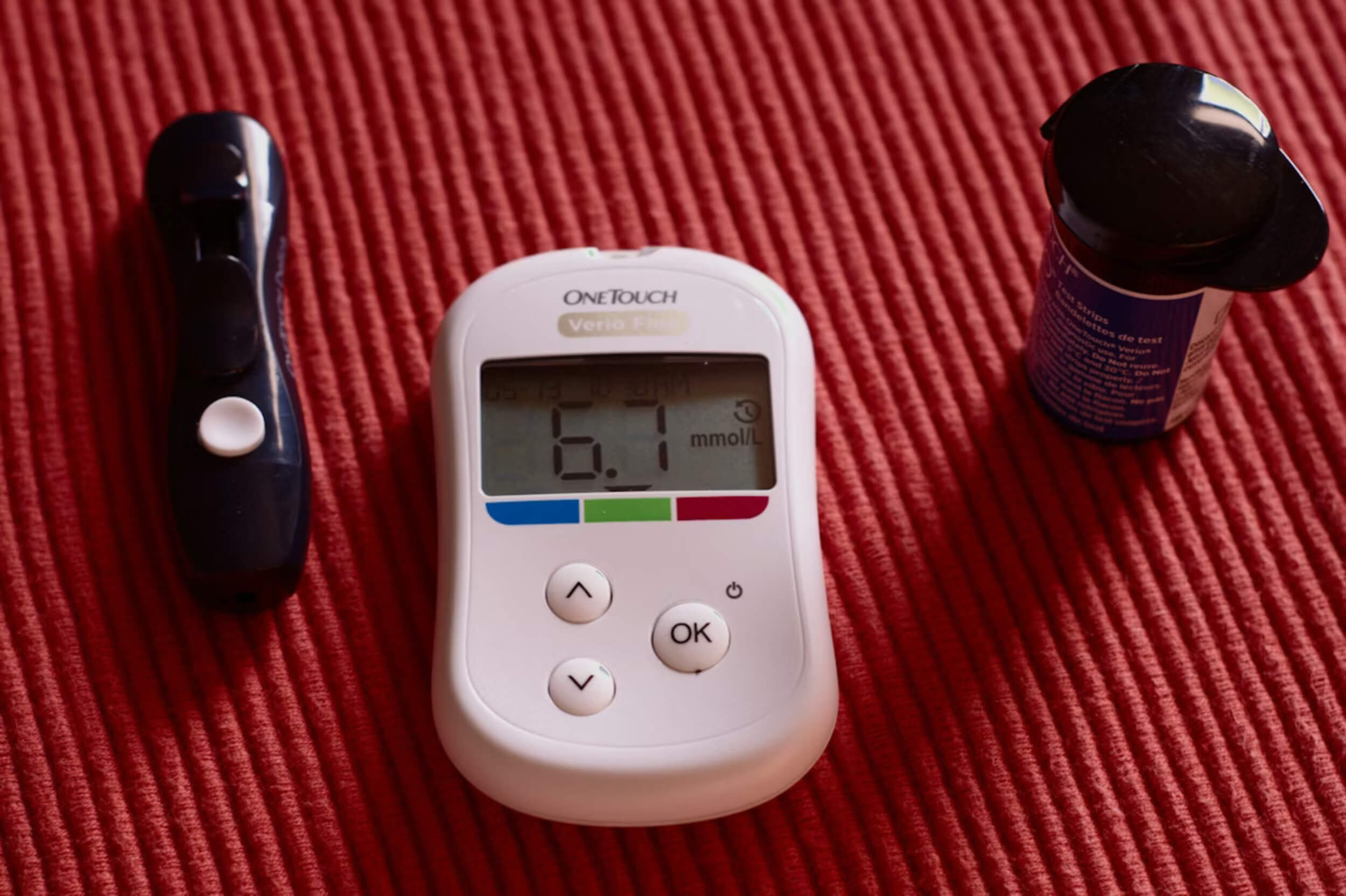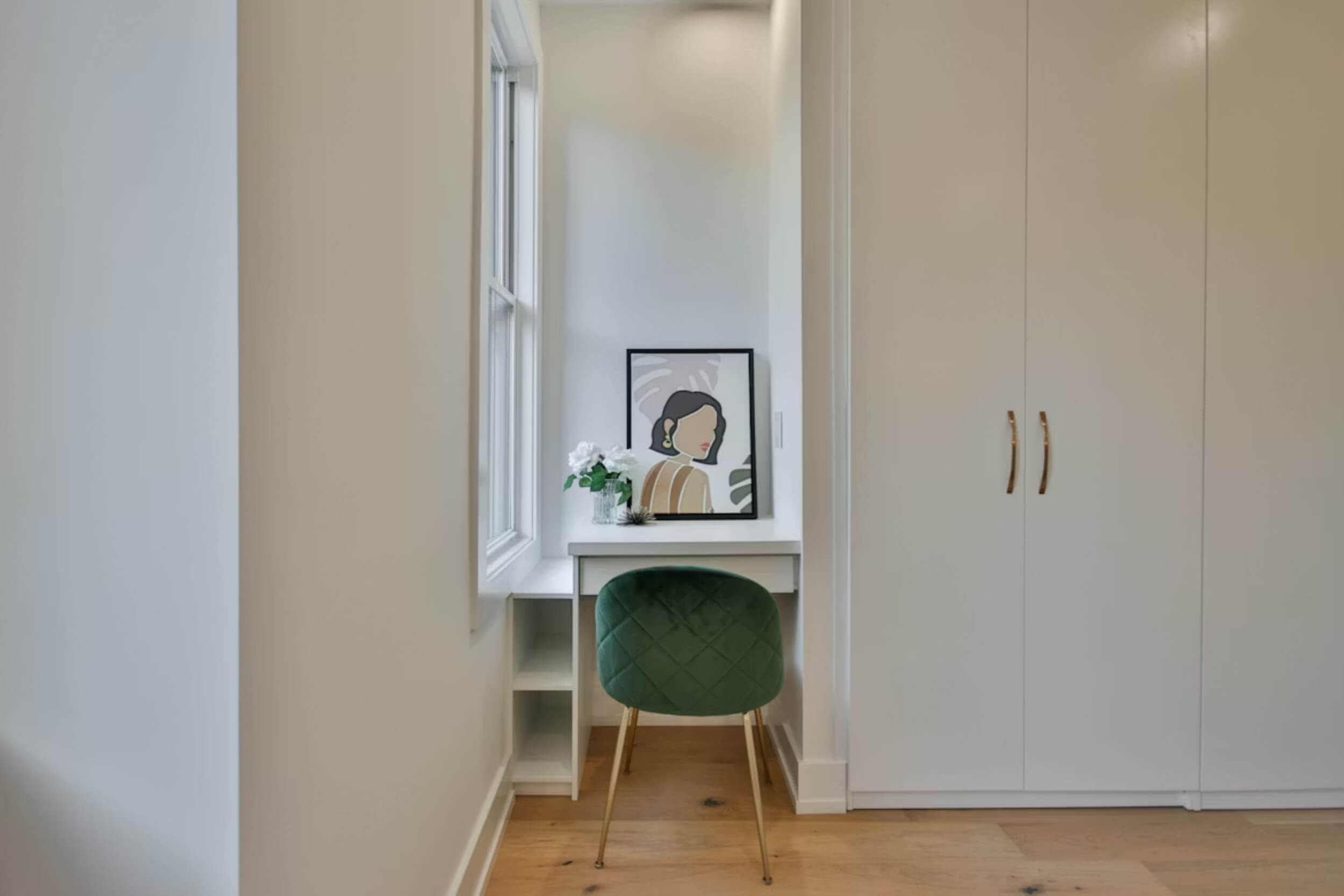Skipping that extra soda at lunch or holding off on a quick online buy might not feel like a big deal, but those choices add up. A few pesos or dollars saved here and there can grow into something meaningful over time. That’s the power of small savings—they don’t look impressive at first, yet they can open doors to bigger goals down the road.
People often think you need a large paycheck to start saving, but the truth is even tiny amounts can move you forward. When those little habits pile up, they create a safety net for emergencies, give you freedom to enjoy a vacation, or even build the foundation for a new home or business idea.
Starting small is less overwhelming and easier to stick with. The next sections will show how simple, steady choices can turn small savings into real opportunities.
Tracking Your Spending: The First Step to Growth
Money often slips away without us noticing. A quick snack, a streaming subscription, or a last-minute ride share might not seem like much, but together they eat into your budget. Keeping track of every peso or dollar is the best way to spot where your money is going.
Simple methods work best:
- Apps that track expenses automatically.
- Spreadsheets for those who like numbers lined up.
- Notebooks for anyone who prefers writing things down.
Once you see your full picture, it’s easier to act. Break your spending into three categories:
- Needs – food, rent, transport.
- Wants – eating out, new gadgets, entertainment.
- Irregular costs – car repairs, medical visits.
This simple view shows where cuts can happen without hurting essentials. Small insights create room for small savings, and those add up over time. By turning awareness into action, you gain control and open the door to better financial choices.
Building a Simple Savings Plan
Saving money works best when treated like a fixed bill. Think of it the same way you think of rent or electricity—it’s non-negotiable. Even starting with 5% of your income makes a difference because consistency builds momentum.
A good savings plan has two parts:
- Regular deposits: Decide on an amount that feels realistic today.
- Gradual increases: Add a little more when your income grows.
Automation takes the pressure off. Setting up an automatic transfer from checking to savings means you never “forget.” This also removes the temptation to spend first and save what’s left.
Why it matters:
- You stay on track without overthinking.
- You build a habit that grows naturally.
- You turn small savings into a bigger safety net.
By making savings a priority, you create stability. No matter the size of the deposit, what counts is sticking to the plan and watching it grow.
Finding Money in a Tight Budget
Most people think they can’t save because their budget feels stretched. The truth is, even a tight budget has space when you make small shifts. The goal isn’t cutting what you need, but adjusting wants.
Try these steps:
- Swap costly habits: Replace daily coffee runs with home brews, or limit takeout to weekends.
- Check memberships: Cancel apps, subscriptions, or gym passes you don’t use.
- Buy smarter: Bulk purchases and generic brands lower costs.
- Cook at home: Planning meals avoids pricey last-minute food buys.
- Pause before purchases: Waiting 24–48 hours on non-essentials cuts impulse spending.
Each change frees up money you didn’t notice before. Even if it’s only a few dollars a week, those small savings can build into hundreds over a year.
Living on less doesn’t mean living poorly—it means choosing where your money works hardest.
Setting Meaningful Goals for Motivation
Goals give savings a purpose. Without them, money just sits with no clear direction. Defining both short-term and long-term goals helps keep you focused.
Short-term goals (1–3 years):
- Building an emergency fund.
- Paying off a small debt.
- Saving for a vacation.
Long-term goals (4+ years):
- Buying a home.
- Funding education.
- Planning for retirement.
Here’s why it works:
- Short-term goals provide quick wins that keep you motivated.
- Long-term goals remind you that small savings today can grow into something life-changing tomorrow.
When you connect each peso or dollar to a clear purpose, it’s easier to stay disciplined. The excitement of reaching a small goal gives energy to keep going, and the big goals become milestones you know you’re working toward.
Prioritizing Which Goals Come First
Not all goals can be tackled at once. Deciding which ones come first makes saving less stressful.
Here’s a simple way to prioritize:
- Cover essentials: Make sure daily needs and emergency funds are protected.
- Handle debt: High-interest debt drains savings, so tackle it early.
- Add long-term goals: Once the basics are stable, start contributing to retirement or home savings.
Life stage also matters. A young worker might focus more on paying student loans, while parents may focus on education funds. Someone nearing retirement will likely shift toward retirement accounts.
Clear trade-offs keep you from feeling stuck. Even small savings directed toward the right goal move you forward faster.
Putting Your Savings to Work
Savings shouldn’t just sit in one place. Putting money in the right spot helps it grow.
For short-term goals:
- Savings accounts: Easy access, safe, but lower interest.
- Certificates of Deposit (CDs): Higher rates, but money is locked in for a set time.
- Digital banking tools: Some offer higher yields with no minimums.
For long-term goals:
- Retirement accounts: Employer plans or IRAs grow with tax benefits.
- Mutual funds and stocks: Higher risk, but stronger growth over time.
- Education funds: 529 plans or similar options.
What matters most is matching the account to your timeline. If you need the money soon, keep it safe and liquid. If you can leave it untouched for years, take on a little more risk for greater growth.
Every choice strengthens the power of small savings, turning them into bigger opportunities for your future.
Conclusion – The Big Payoff of Small Choices
Every big opportunity starts with a small step. The same is true for money. Small savings made every week or month may look minor at first, but over time they grow into something that can change your future.
Starting today matters more than waiting for the “perfect time.” Even one small change—packing lunch instead of buying it, or cutting one unused subscription—creates momentum. Each habit builds on the last, and consistency becomes your biggest advantage.
The real strength of saving isn’t about the amount. It’s about the routine you build and the habit you keep. With patience and steady effort, small choices open the door to bigger financial opportunities you once thought were out of reach.















